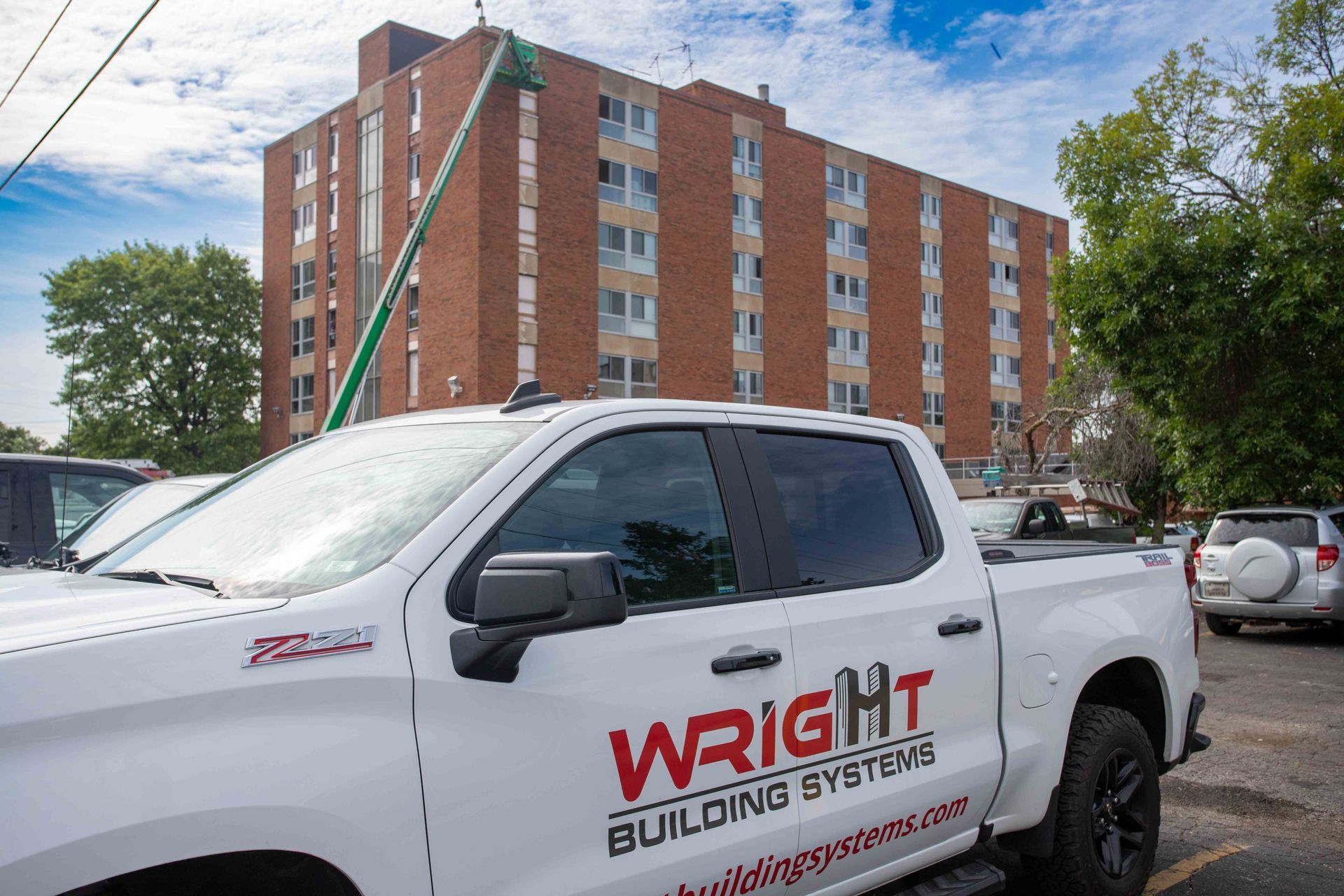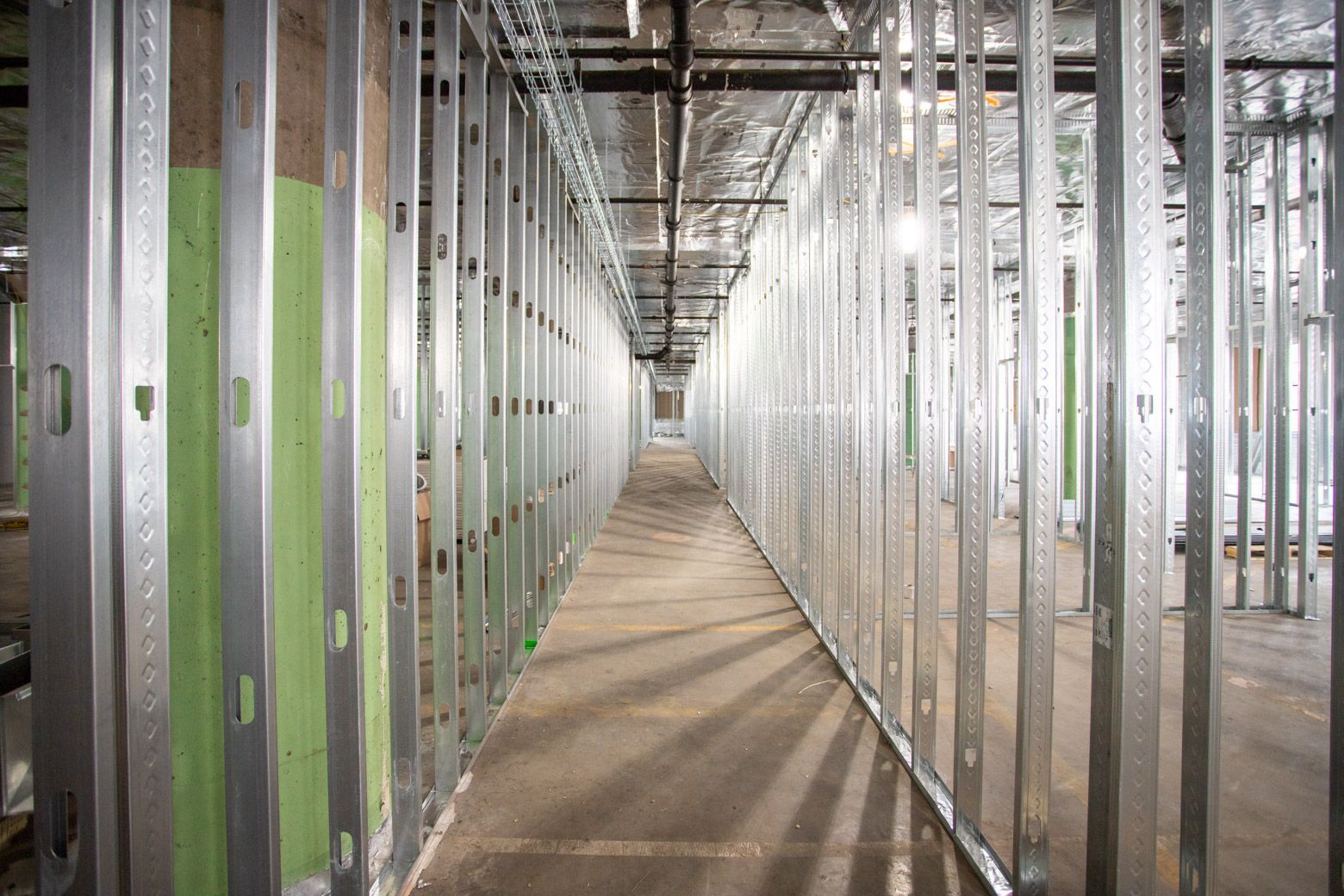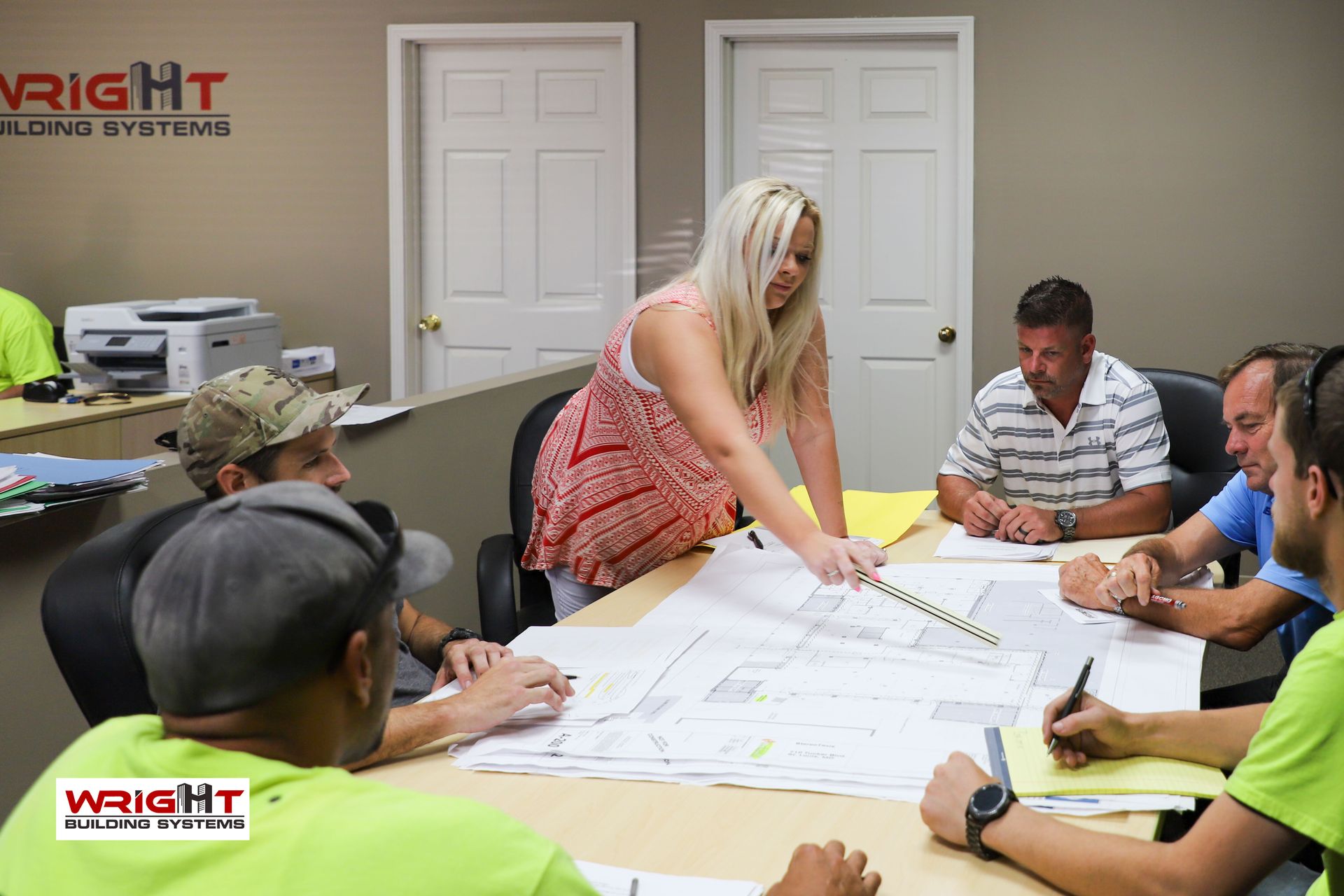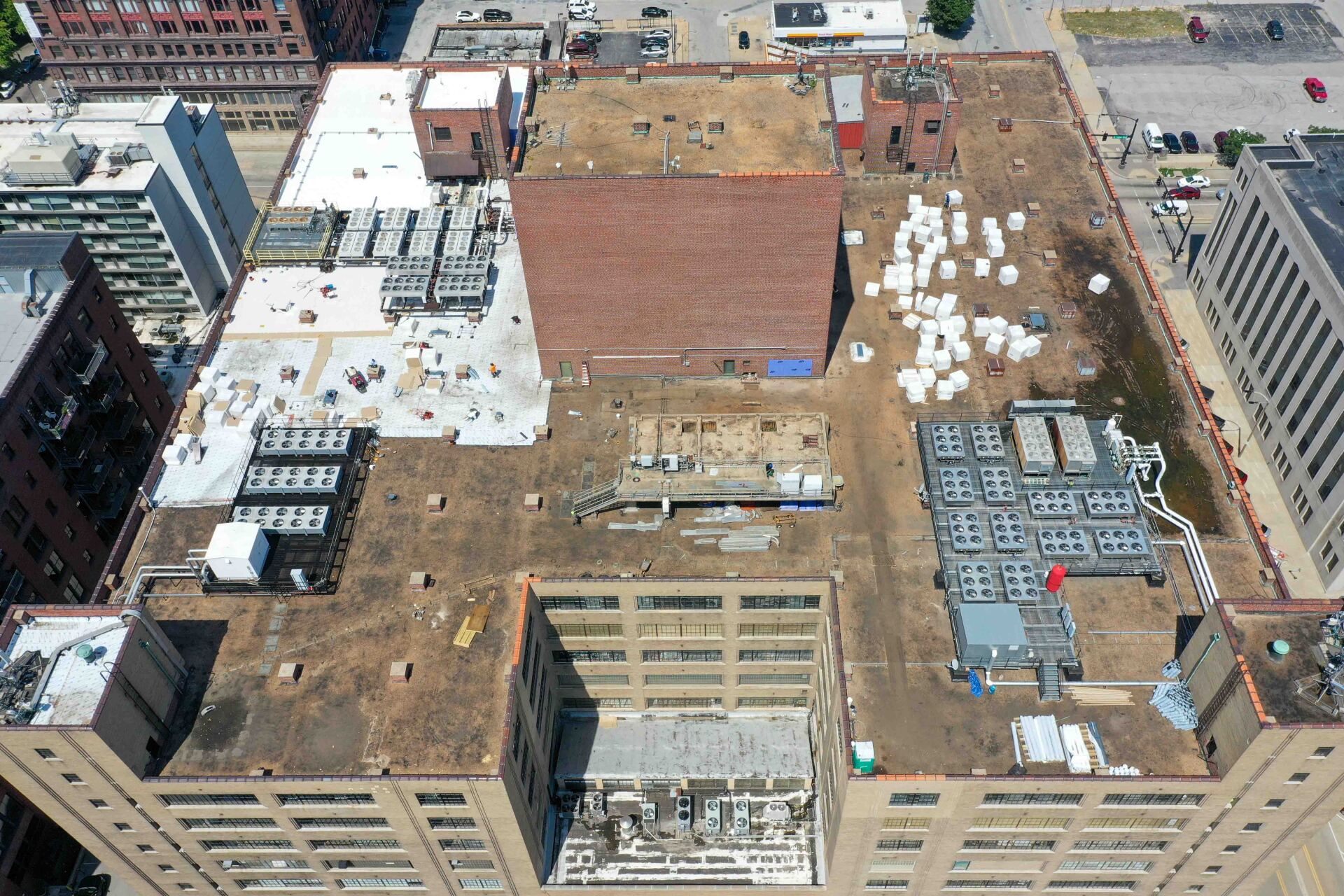Design-Build vs. Traditional Approach in Commercial Construction
Choosing the right approach is crucial when starting a commercial construction project. Your selected method can significantly impact your project's timeline, costs, and overall success.
Two of the most common approaches are Design-Build and Traditional (Design-Bid-Build).
While both options have many benefits, it is essential to know when to choose which and what to expect during the process.
Follow this brief overview and begin to get a basic understanding of two prevalent construction approaches.
What is the Design-Build Model?
In the Design-Build approach, one entity—typically a construction firm—is responsible for designing and building the project, which means the client works with a single team throughout the process.
This approach overlaps the design and construction phases, allowing for a more streamlined timeline and experience for all parties involved.
What is the Traditional Design-Bid-Build Model?
In the traditional (also known as the design-bid-build) method, the project is split into two phases distinct phases.
First, an architect or designer is hired to create the building's design. Once the design is complete, the project goes out to bid. Construction companies then submit their bids, and the client selects a contractor based on these proposals.
Essentially, you will coordinate with several firms and contractors rather than working with a single entity.
Benefits of the Design-Build Model
Single Point of Responsibility
One of the most significant advantages of the Design-Build model is having a single point of contact throughout the project. The client deals with one firm for both the design and construction phases - this simplifies communication, reducing the risk of misunderstandings and errors. Everyone involved in the project works as one team from start to finish.
Faster Project Completion
Because the design and construction phases overlap, the Design-Build method typically allows projects to move along faster. Construction can begin on parts of the project before the design team completes the final plans, shortening the overall project timeline.
Cost Savings
The Design-Build firm manages the design and construction budget, ensuring cost control from the onset. This approach often results in fewer budget overruns since the contractor can offer cost-effective solutions during the design phase.
Improved Collaboration
With everyone on the same team, collaboration between architects, engineers, and contractors is more seamless. The integrated approach fosters innovation and problem-solving, leading to more practical and creative solutions.
Reduced Risk for the Client
The Design-Build firm is responsible for both the design and the build, which means less risk for the client. If any issues arise, the client deals with just one company, reducing the complexity of resolving problems.
Drawbacks of the Design-Build Model
Less Client Control Over Design
In the Design-Build model, clients may have less influence over design decisions. Since the same entity handles the design and construction, the firm may prioritize cost or efficiency over the client's design preferences.
Limited Bidding Process
The Design-Build model doesn't involve competitive bidding for the construction phase, meaning the client has fewer options to shop around for the best price. While this can streamline the process, it could increase construction costs.
Perceived Conflict of Interest
Since the same firm handles design and construction, some clients might worry about potential conflict of interest.
For example, the contractor might make decisions that benefit the construction process but compromise the design's quality or aesthetic appeal.

Benefits of the Traditional Model (Design, Bid, Build)
Greater Control Over Design
The Traditional approach to construction projects allows clients the potential opportunity for greater control over the design phase. They can work closely with an architect to create a detailed design before construction begins, ensuring the final product matches their vision.
Competitive Bidding
After the design phase, the project goes out to bid. This process allows clients to compare multiple bids from different contractors, allowing them to choose the best price for their project.
Clear Separation of Responsibilities
In the Traditional model, the architect focuses solely on the design, and the contractor focuses on the building. This separation of duties can be beneficial if issues arise, as it's easier to hold the responsible party accountable.
Drawbacks of the Traditional Design-Bid-Build Model
Longer Project Timelines
One of the traditional model's most significant downsides is the longer timeline (compared to the design-build). Since construction cannot begin until the completion of the design phase and the full review and acceptance of the bids, the process tends to take longer overall.
Increased Risk of Cost Overruns
With the design and construction teams working separately, there may be less emphasis on containing costs during the design phase, which can lead to unexpected budget overruns once construction begins and challenges inevitably arise.
Less Collaboration Between Teams
Because the design and construction phases are separated, there may be less collaboration between the architect and contractor - this could lead to miscommunications or overlooked construction challenges, which may result in delays and additional costs.

Get Started with Wright Building Systems
Design-Build and Traditional (Design-Bid-Build) have advantages, but the right choice depends on your project's needs.
Design-Build might be ideal for those seeking a faster, more collaborative process.
Meanwhile, if you can spend more time on your project, it may be beneficial to explore the Traditional Method.
At Wright Building Systems, we can help you figure out which method would be ideal for your specific needs and be your partner throughout the entire process. Greater St. Louis business owners repeatedly trust us with their projects. We are committed to safety and delivering finished products that exceed expectations
Our dedicated team has the equipment, technical skills, and perseverance to complete your project. Let's get in touch today!



